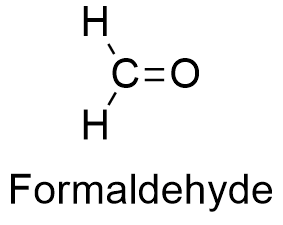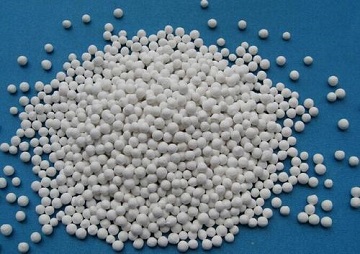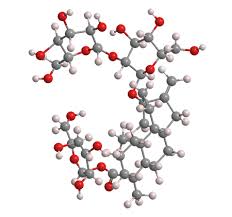Formaldehyde: Poison could have set the stage for the origins of life
Sep 24,2019
Formaldehyde, a poison and a common molecule throughout the universe, is likely the source of the solar system's organic carbon solids -- abundant in both comets and asteroids. Scientists have long speculated about the how organic, or carbon-containing, material became a part of the solar system's fabric. New research from Carnegie's George Cody, along with Conel Alexander and Larry Nittler, shows that these complex organic solids were likely made from formaldehyde in the primitive solar system.

Formaldehyde: Poison could have set the stage for the origins of life
Their work is published online April 4 by the Proceedings of the National Academy of Sciences.
"We may owe our existence on this planet to interstellar formaldehyde," Cody said. "And what's ironic about it is that formaldehyde is poisonous to life on Earth."
During the early period of the inner solar system's formation, much of the organic carbon that wasn't trapped in primitive bodies was lost to space, along with much of the water. Prior to this study numerous competing ideas emerged to explain the existence of primitive organic solids. Cody, of the Geophysical Laboratory, along with Alexander and Nittler, of the Department of Terrestrial Magnetism, and the team decided to study primitive solar system objects using advanced methods. What they discovered clearly pointed to a polymer formed from formaldehyde.
They tested their conclusion with experiments to reproduce the type of organic matter found in carbonaceous chondrites, a type of organic-rich meteorite, starting with formaldehyde. They found that their formaldehyde-synthesized organic material was not only similar to that found in carbonaceous chondrites, but also similar to organic material found in a comet named 81P/Wild 2, pieces of which were collected in space by NASA's Stardust mission, as well as in interplanetary dust particles, or particles from space that likely originated from comets and asteroids.
Their results make sense, because formaldehyde is relatively abundant throughout the galaxy and the polymerization process would have been possible under conditions of the primitive solar system.
"Establishing the likely origin of the principal source of organic carbon in primitive solar system bodies is extremely satisfying," Cody said.
Journal Reference:
George D. Cody, Emily Heying, Conel M. O. Alexander, Larry R. Nittler, A. L. David Kilcoyne, Scott A. Sandford, Rhonda M. Stroud. Cosmochemistry Special Feature: Establishing a molecular relationship between chondritic and cometary organic solids. Proceedings of the National Academy of Sciences, 2011; DOI: 10.1073/pnas.1015913108
- Related articles
- Related Qustion
- What are the dangers of Formaldehyde? Feb 11, 2025
Formaldehyde is a flammable, colorless, volatile compound with a pungent odor.
- Is Formaldehyde(CH2O) polar or nonpolar? Dec 22, 2023
Formaldehyde (CH2O) is a colourless gas,it is the most common and basic aldehyde, composed of two hydrogens, one carbon and one oxygen.
- What is the Lewis structure for Formaldehyde? Nov 16, 2023
Formaldehyde is classified by the International Agency for Research on Cancer as carcinogenic.
Aluminium oxide (IUPAC name) or aluminum oxide (American English) is also known as Alumina. It is a chemical compound of aluminium and oxygen with the chemical formula Al2O3. It is the most commonly occurring of several aluminium oxides, an....
Sep 24,2019Inorganic chemistryStevioside, an abundant component of Stevia rebaudiana leaf, has become well-known for its intense sweetness (250-300 times sweeter than sucrose) and is used as a non-caloric sweetener in several countries. A number of studies have suggeste....
Sep 24,2019Food AdditivesFormaldehyde
50-00-0You may like
- Formaldehyde
-

- $10.00 / 200kg
- 2025-12-11
- CAS:50-00-0
- Min. Order: 1kg
- Purity: 99.5%
- Supply Ability: 100
- liquid formaldehyde
-

- $450.00/ T
- 2025-03-21
- CAS:50-00-0
- Min. Order: 20T
- Purity: 37% 40%
- Supply Ability: 1000 Tons per year
- Formaldehyde
-

- $2.00/ kg
- 2024-12-17
- CAS:50-00-0
- Min. Order: 10000kg
- Purity: 99%
- Supply Ability: 10000000






